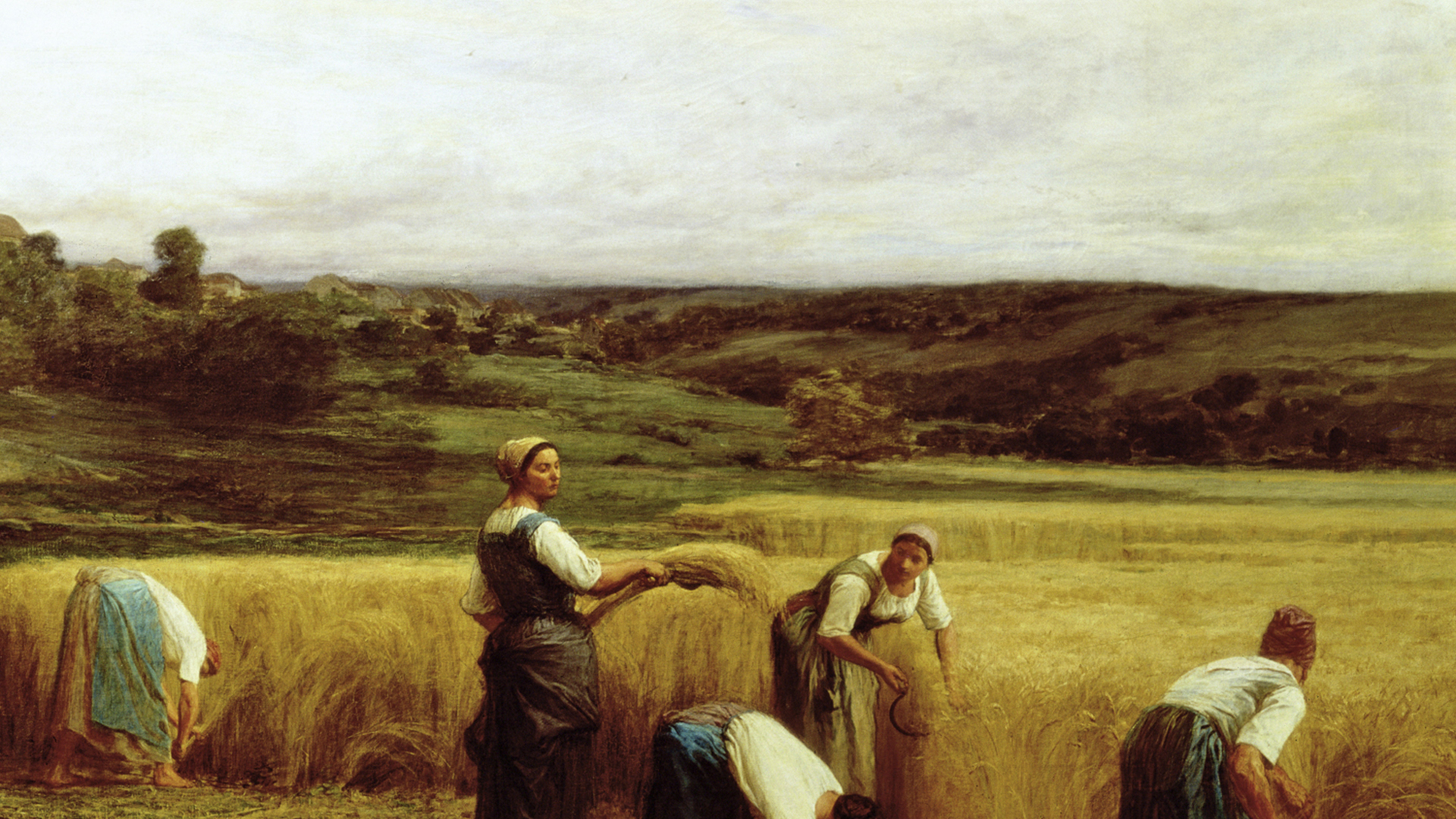ROAR Magazine
The real meaning of May Day has been obscured by the designing propaganda of the American and Soviet governments. The truth is totally different.
This article is excerpted from Peter Linebaugh’s The Incomplete, True, Authentic and Wonderful History of May Day (2015) published by PM Press.
The Soviet government paraded missiles and marched soldiers on May Day. The American government has called May 1 “Loyalty Day” and associates it with militarism. The real meaning of this day has been obscured by the designing propaganda of both governments. The truth of May Day is totally different.
To the history of May Day there is a Green side and there is a Red side.
Under the rainbow, our methodology must be colorful. Green is a relationship to the earth and what grows there-from. Red is a relationship to other people and the blood spilt there among. Green designates life with only necessary labor; Red designates death with surplus labor. Green is natural appropriation; Red is social expropriation. Green is husbandry and nurturance; Red is proletarianization and prostitution. Green is useful activity; Red is useless toil. Green is creation of desire; Red is class struggle. May Day is both.
The Green
Once upon a time, long before Weinberger bombed North Africans, before the Bank of Boston laundered money, or Reagan honored the Nazi war dead, the earth was blanketed by a broad mantle of forests.
As late as Caesar’s time a person might travel through the woods for two months without gaining an unobstructed view of the sky. The immense forests of Europe, Asia, Africa, and America provided the atmosphere with oxygen and the earth with nutrients. Within the woodland ecology our ancestors did not have to work the graveyard shift, or deal with flextime, or work from Nine to Five. Indeed, the Native Americans whom Captain John Smith encountered in 1606 only worked four hours a week. The origin of May Day is to be found in the Woodland Epoch of History.
In Europe, as in Africa, people honored the woods in many ways. With the leafing of the trees in spring, people celebrated “the fructifying spirit of vegetation,” to use the phrase of J.G. Frazer, the anthropologist. They did this in May, a month named after Maia, the mother of all the gods according to the ancient Greeks, giving birth even to Zeus.
The Greeks had their sacred groves, the Druids their oak worship, the Romans their games in honor of Floralia. In Scotland the herdsmen formed circles and danced around fires. The Celts lit bonfires in hilltops to honor their god, Beltane. In the Tyrol people let their dogs bark and made music with pots and pans. In Scandinavia fires were lit and the witches came out.
Everywhere people “went a-Maying” by going into the woods and bringing back leaf, bough, and blossom to decorate their persons, homes, and loved ones with green garlands. Outside theater was performed with characters like “Jack-in-the-Green” and the “Queen of the May.” Trees were planted. Maypoles were erected. Dances were danced. Music was played. Drinks were drunk, and love was made. Winter was over, spring had sprung.
The history of these customs is complex and affords the student of the past with many interesting insights into the history of religion, gender, reproduction, and village ecology. Take Joan of Arc who was burned in May 1431. Her inquisitors believed she was a witch. Not far from her birthplace, she told the judges, “There is a tree that they call ‘The Ladies’ Tree’—others call it ‘The Fairies’ Tree.’ It is a beautiful tree, from which comes the Maypole. I have sometimes been to play with the young girls to make garlands for Our Lady of Domrémy. Often I have heard the old folk say that the fairies haunt this tree.” In the general indictment against Joan, one of the particulars against her was dressing like a man. The paganism of Joan’s heresy originated in the Old Stone Age when religion was animistic and shamans were women and men.
Monotheism arose with the Mediterranean empires. Even the most powerful Roman Empire had to make deals with its conquered and enslaved peoples (syncretism). As it destroyed some customs, it had to accept or transform others. Thus, we have Christmas trees. May Day became a day to honor the saints, Philip and James, who were unwilling slaves to Empire. James the Less neither drank nor shaved. He spent so much time praying that he developed huge calluses on his knees, likening them to camel legs. Philip was a lazy guy. When Jesus said “Follow me” Philip tried to get out of it by saying he had to tend to his father’s funeral, and it was to this excuse that the carpenter’s son made his famous reply, “Let the dead bury the dead.” James was stoned to death, and Philip was crucified head downward. Their martyrdom introduces the Red side of the story, even still the Green side is preserved because, according to the floral directory, the tulip is dedicated to Philip and bachelor buttons to James.
The farmers, workers, and child bearers (laborers) of the Middle Ages had hundreds of holy days which preserved the May Green, despite the attack on peasants and witches. Despite the complexities, whether May Day was observed by sacred or profane ritual, by pagan or Christian, by magic or not, by straights or gays, by gentle or calloused hands, it was always a celebration of all that is free and life-giving in the world. That is the Green side of the story. Whatever else it was, it was not a time to work.
Therefore, it was attacked by the authorities. The repression had begun with the burning of women and it continued in the sixteenth century when America was “discovered,” the slave trade was begun, and nation-states and capitalism were formed. In 1550 an Act of Parliament demanded that Maypoles be destroyed, and it outlawed games. In 1644 the Puritans in England abolished May Day altogether. To these work-ethicists the festival was obnoxious for paganism and worldliness. Philip Stubbs, for example, in The Anatomy of Abuses (1583) wrote of the Maypole, “and then fall they to banquet and feast, to leape and daunce about it, as the Heathen people did at the dedication of their Idolles.” When a Puritan mentioned “heathen” we know genocide was not far away. According to the excellent slide show at the Quincy Historical Society, 90 percent of the Massachusetts people, including Chief Chicatabat, died from chicken pox or small pox a few years after the Puritans landed in 1619. The Puritans also objected to the unrepressed sexuality of the day. Stubbs said, “Of fourtie, threescore, or an hundred maides going to the wood, there have scarcely the third part of them returned home again as they went.”
The people resisted the repressions. Thenceforth, they called their May sports the “Robin Hood Games.” Capering about with sprigs of hawthorn in their hair and bells jangling from their knees, the ancient characters of May were transformed into an outlaw community, Maid Marians and Little Johns. The May feast was presided over by the “Lord of Misrule,” “the King of Unreason,” or the “Abbot of Inobedience.” Washington Irving was later to write that the feeling for May “has become chilled by habits of gain and traffic.” As the gainers and traffickers sought to impose the regimen of monotonous work, the people responded to preserve their holyday. Thus began in earnest the Red side of the story of May Day. The struggle was brought to Massachusetts in 1626.







